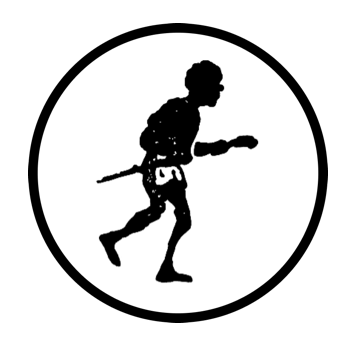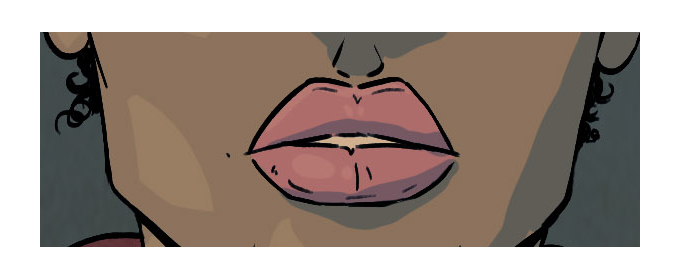
 0
0Caricature as an instrument of dehumanization
André "a remarkable large mouth"

The search notice depicts André as a caricature of himself.
To justify their slavery practices, colonial empires developed an ideology categorising and prioritising human beings according to their skin colour: this is racism.
The "racial" categories created as a result have no scientific validity. They are fabrications designed to legitimize barbaric acts such as the transatlantic slave trade and genocide.
In societies with a colonial past, caricatures that emphasize the distinctive features of a racialized individual or group often become common currency, fuelling contempt. Racialized people or groups disappear behind this caricatural mask that burdens them with a homogenous, stereotyped and distorted identity.
Blackface
Caption: M. Hickey, ablackface theater artist, Montreal, QC, 1896 Wm. Notman & Son 1. II-115182.1 © Musée McCord.
In the cabaret era and at the dawn of the silver screen, white (and sometimes black) actors and comedians darkened their face with greasepaint and drew outlandishly large lips over their own to accentuate the features associated with Black people. The characters were almost invariably depicted as stupid, servile and hypocritical.
In Québec, blackface existed for a long time. The first performances took place in 1843 near St. Louis Gate in Québec City and then at Montréal’s Théâtre Royale. More recently, one only has to watch television shows from the last few decades to feel uneasy about the caricatured and stereotypical portrayal of Black people.
Equality and dignity

All human beings are equal in value and dignity and have an equal right to the protection of the law.
The respect of dignity, this basic right owed to every human being, includes the right to life without being the target of attacks, insults, taunts, or offensive, discriminatory or racist language.
Human dignity is violated when a person is exposed to differential treatment on the basis of his or her "race", that imaginary division that stems from slavery and colonization. The same applies to a person who is discriminated against because of his or her color, ethnic or national origin, language, religion or any of the 14 grounds of discrimination prohibited by the Quebec Charter of Human Rights and Freedoms.
